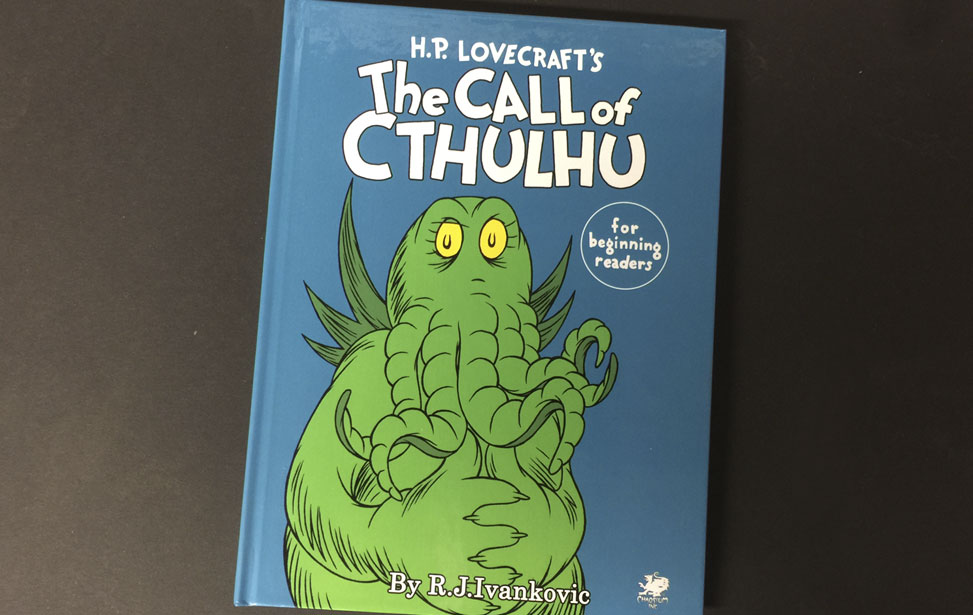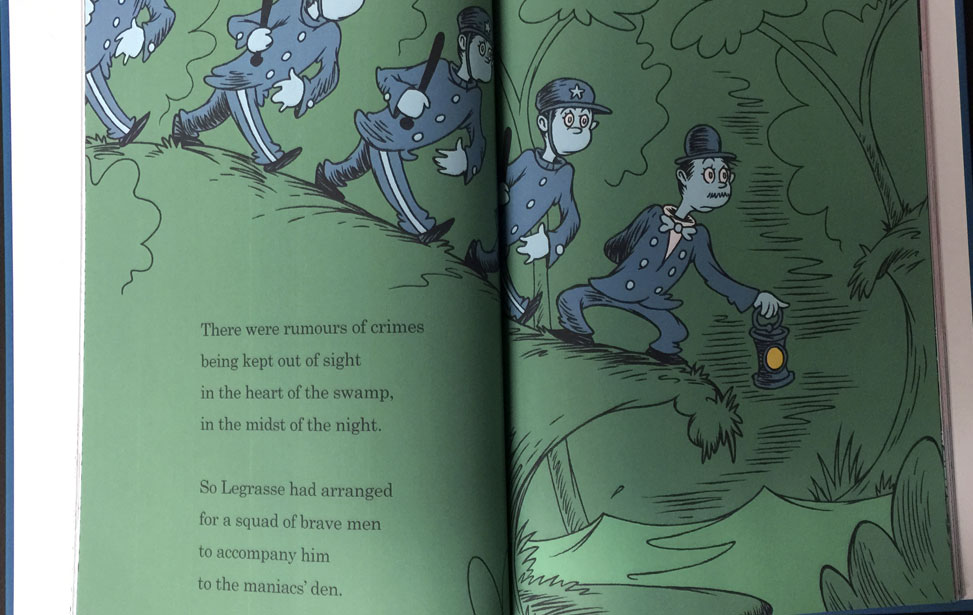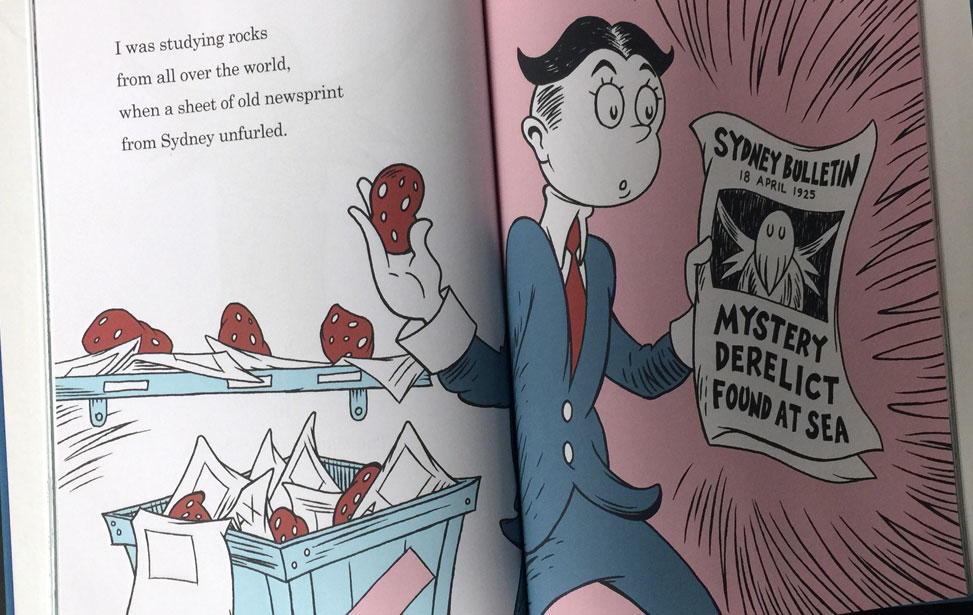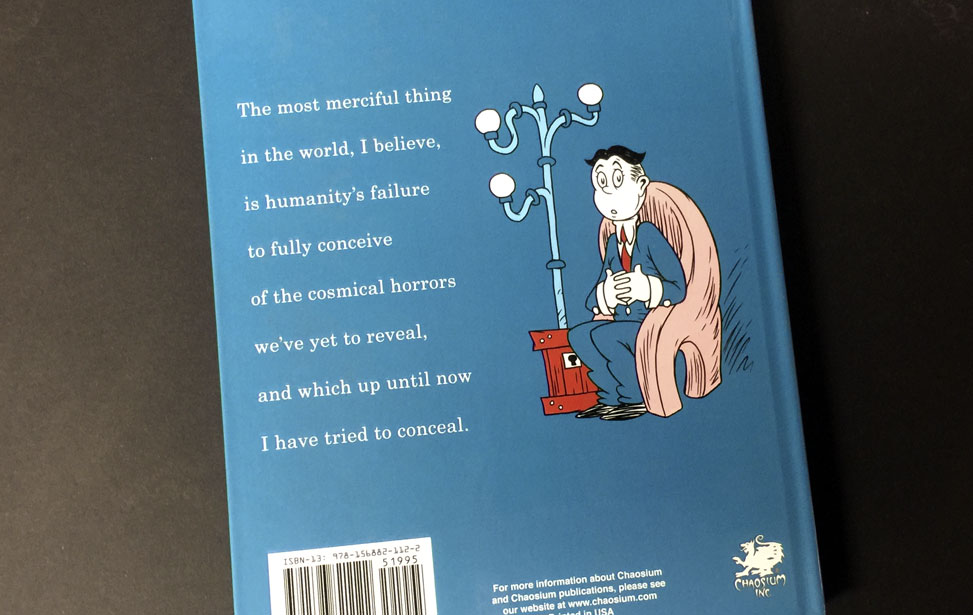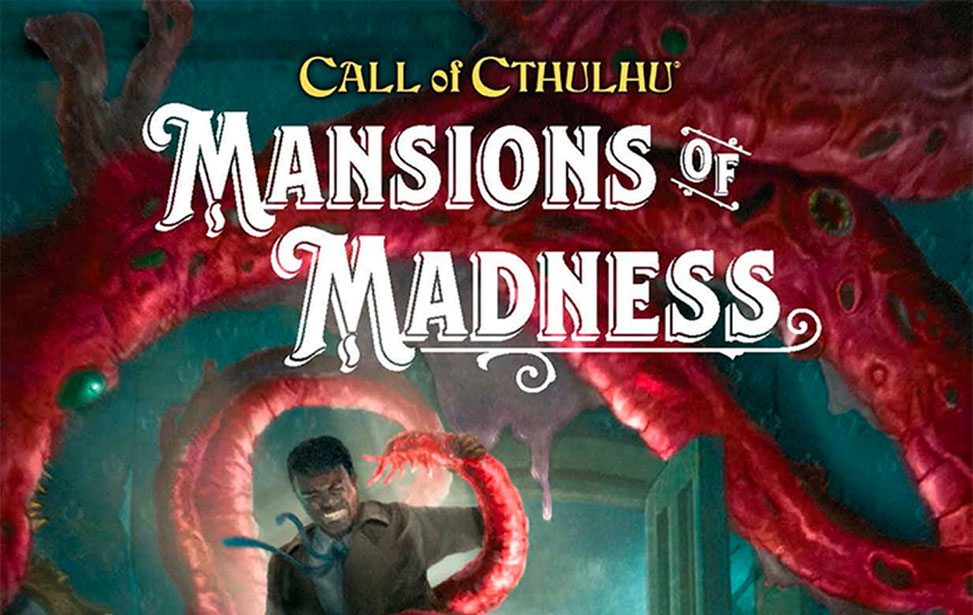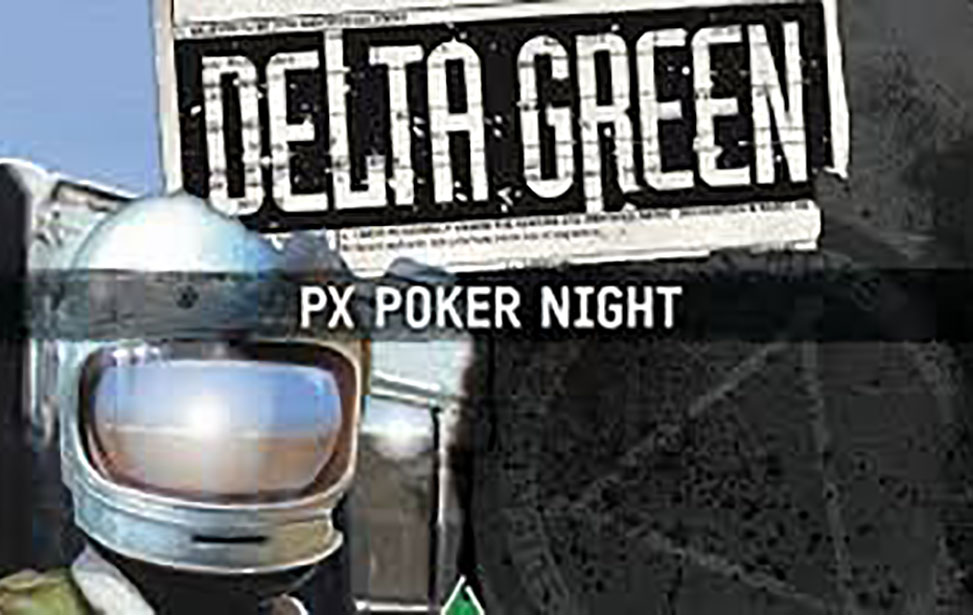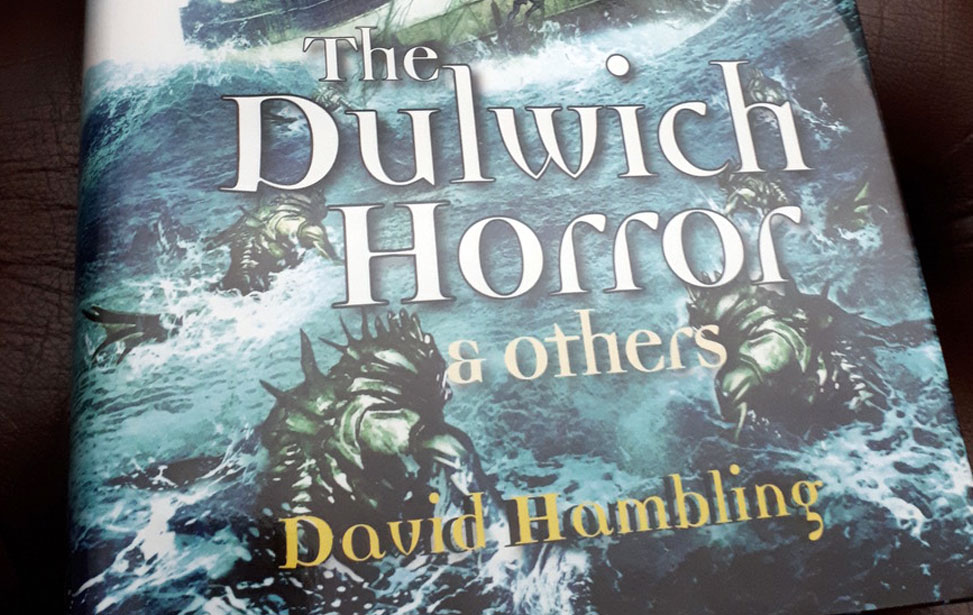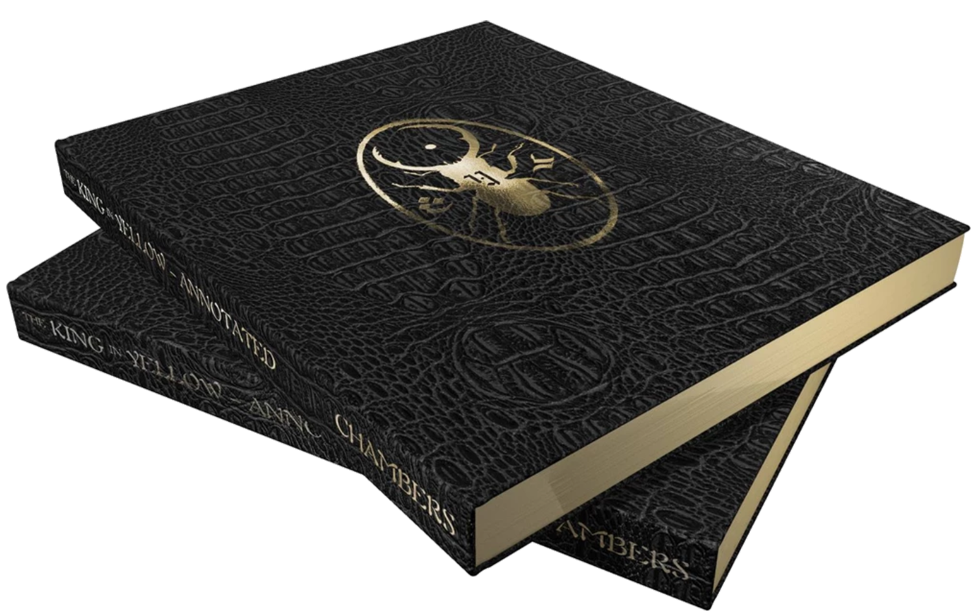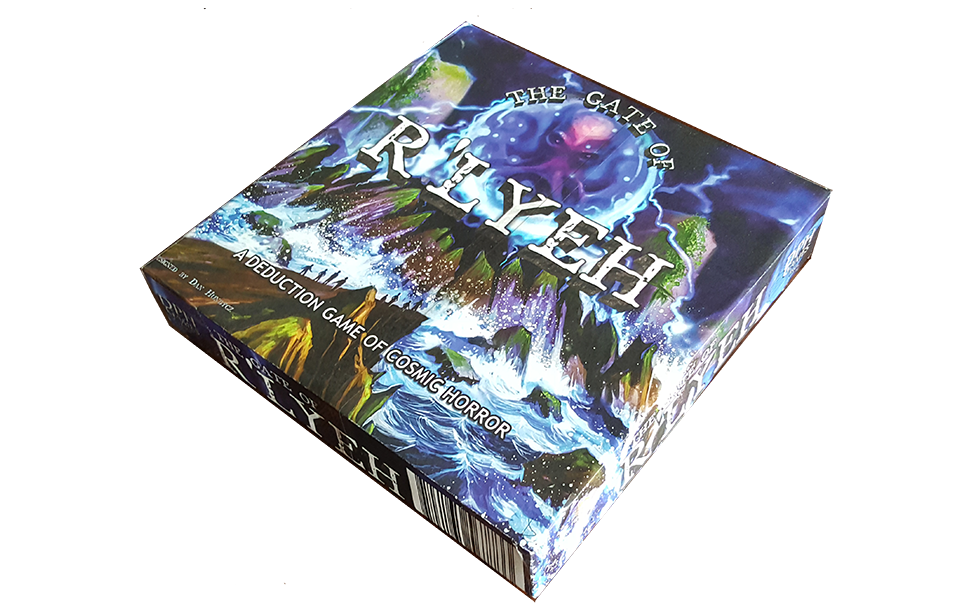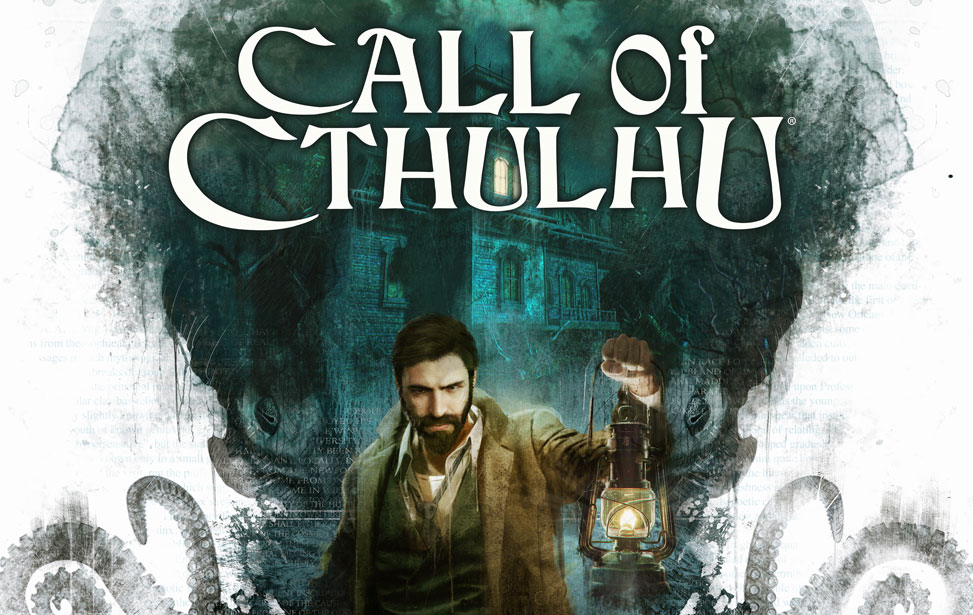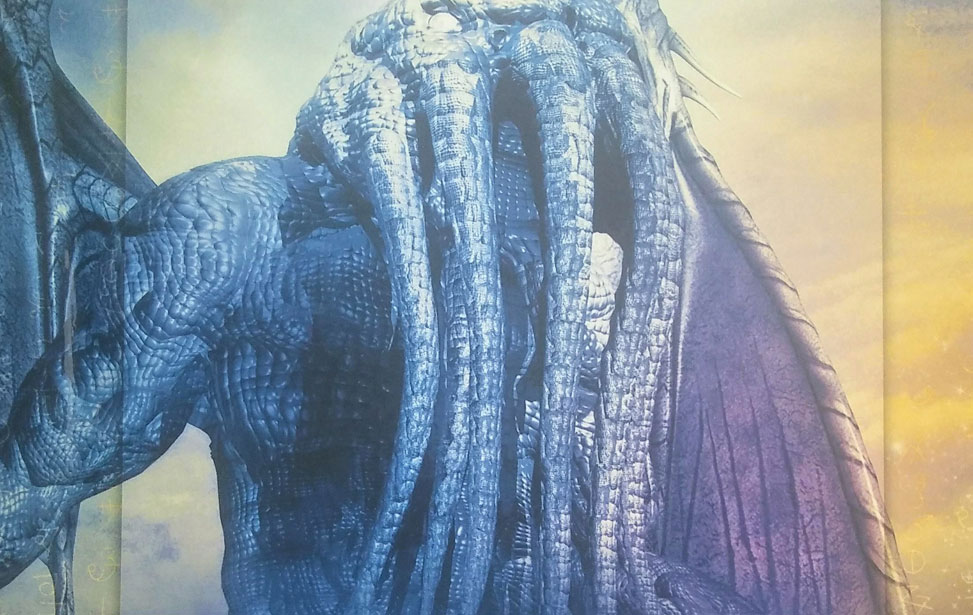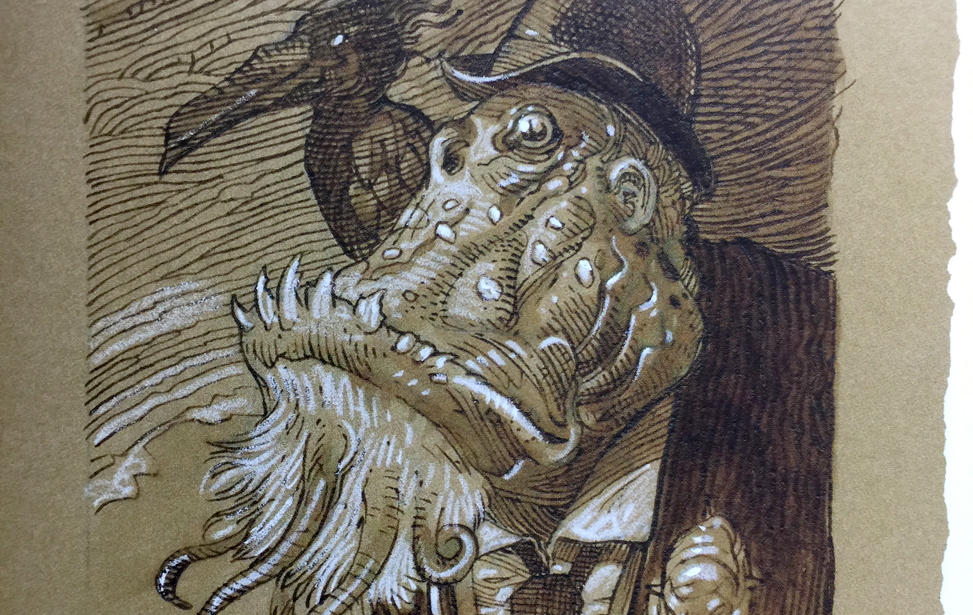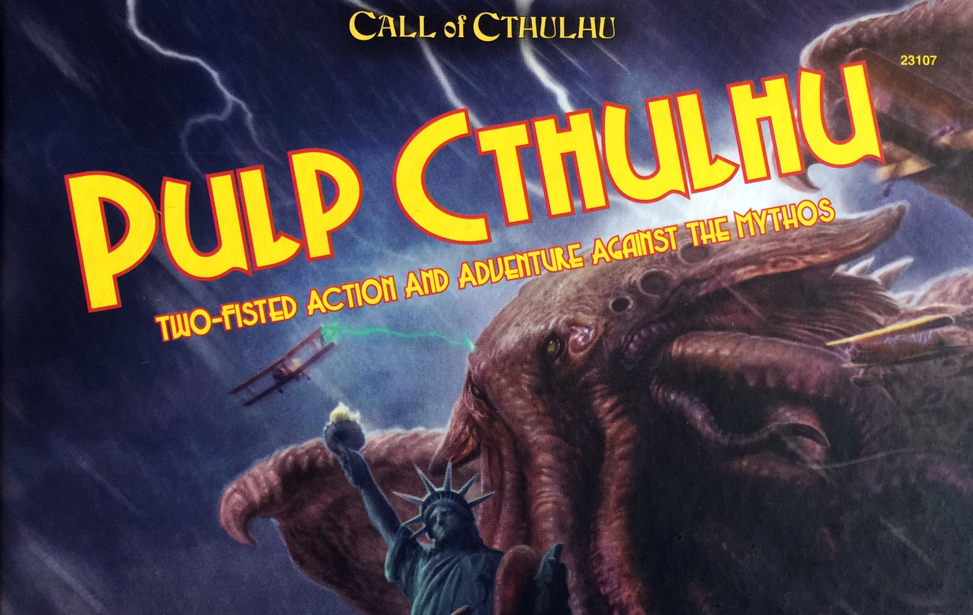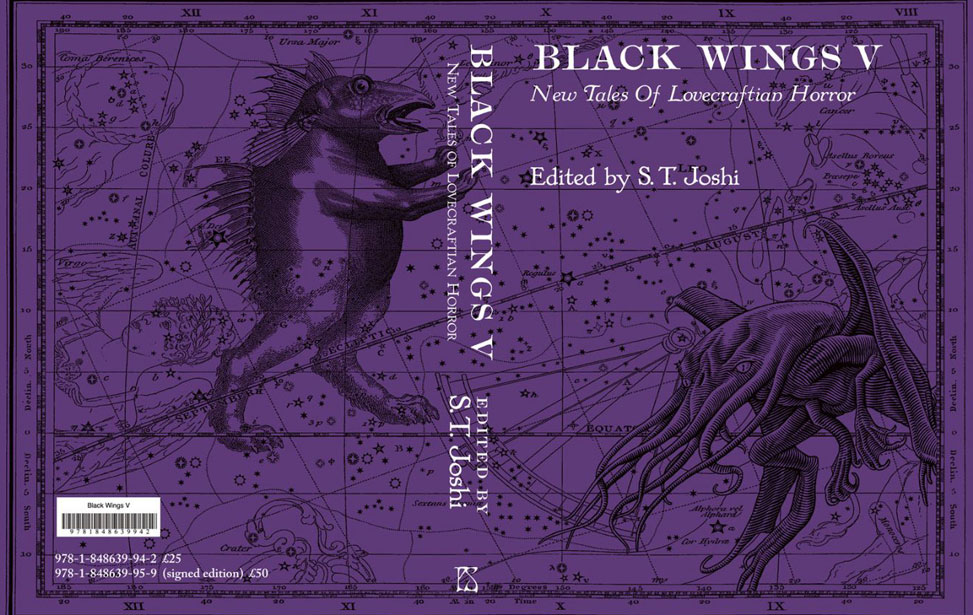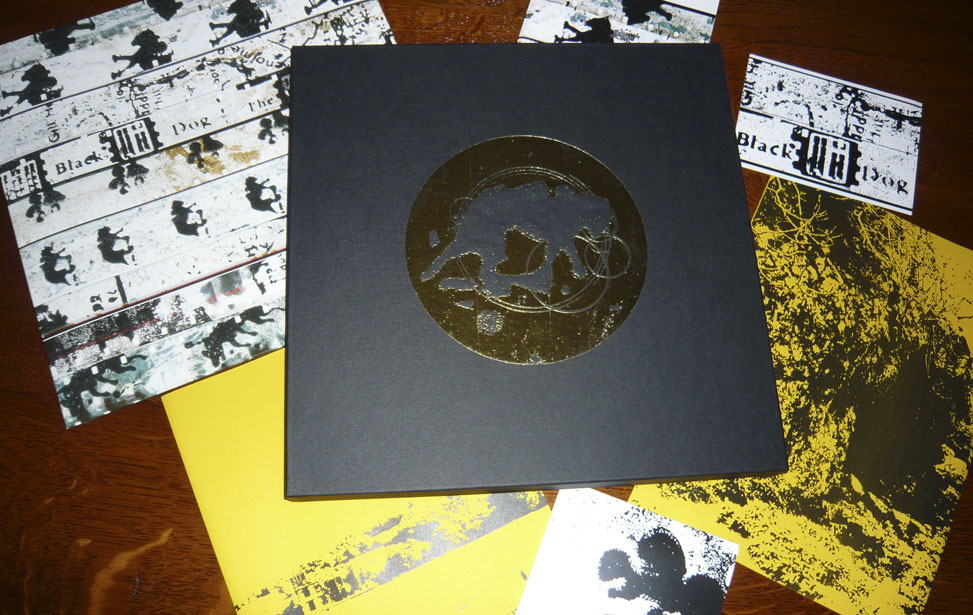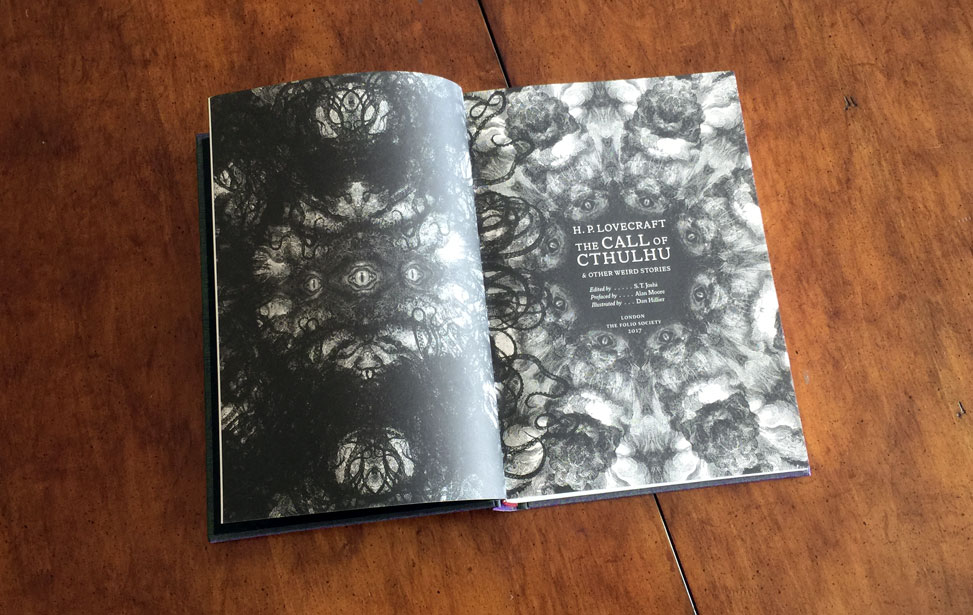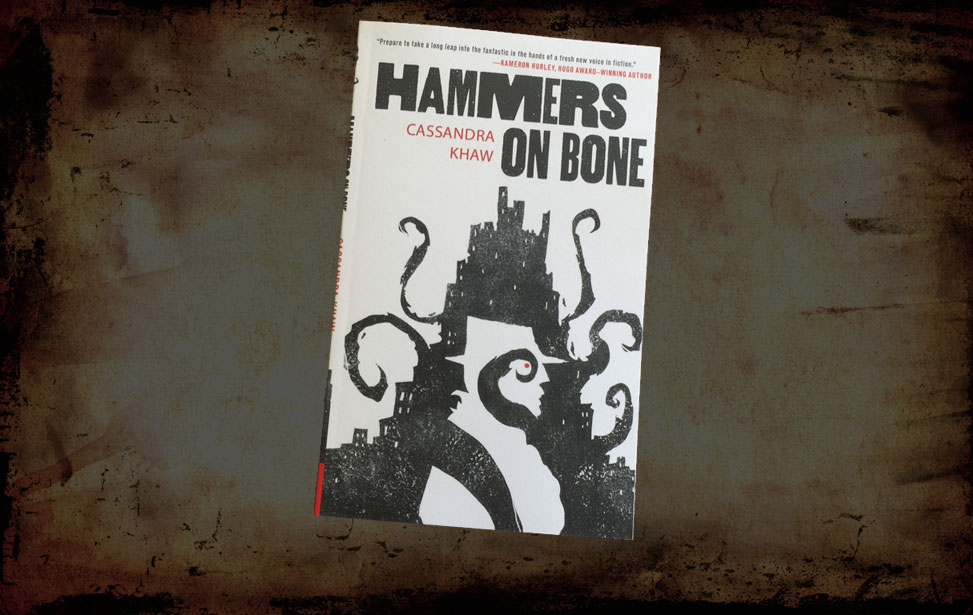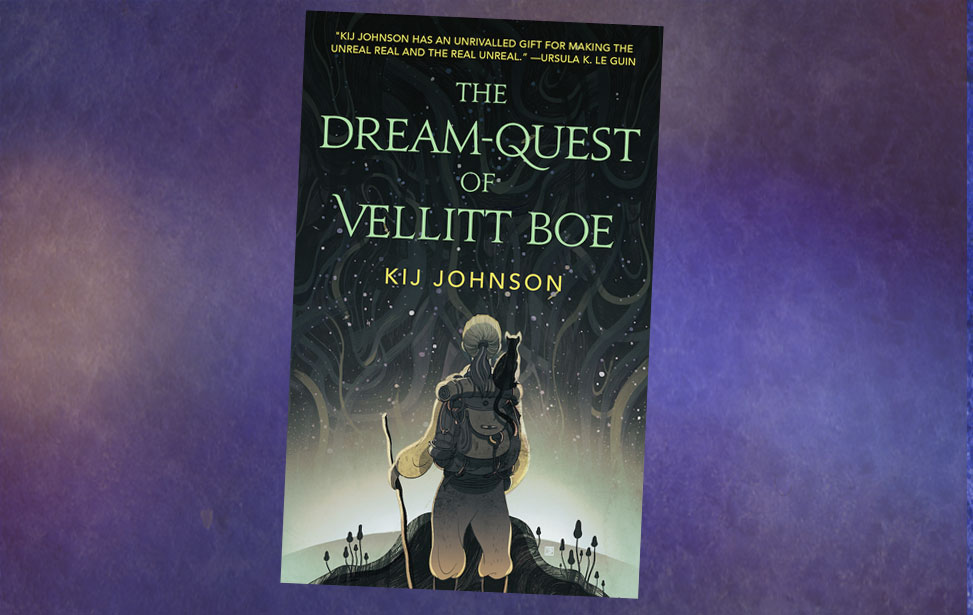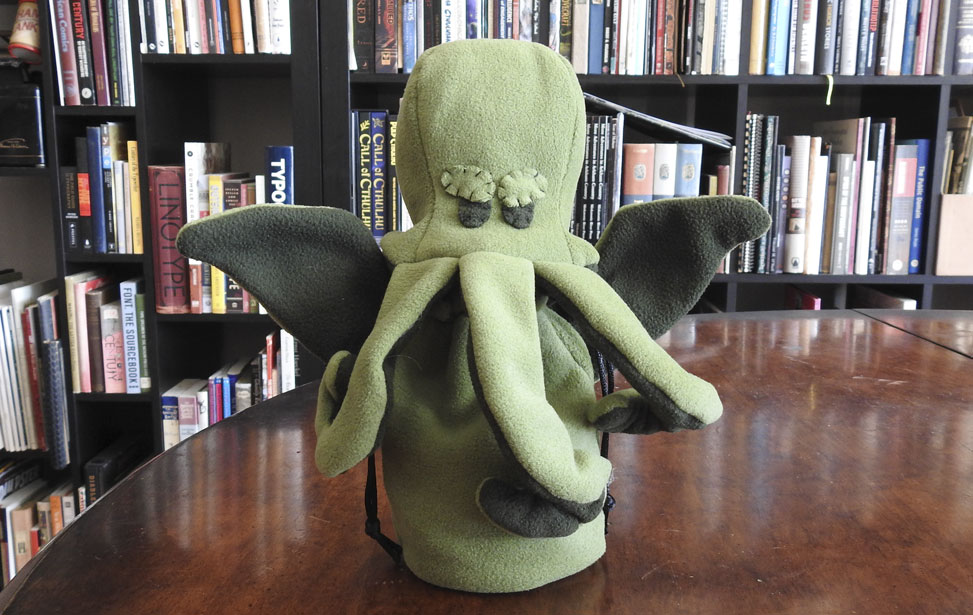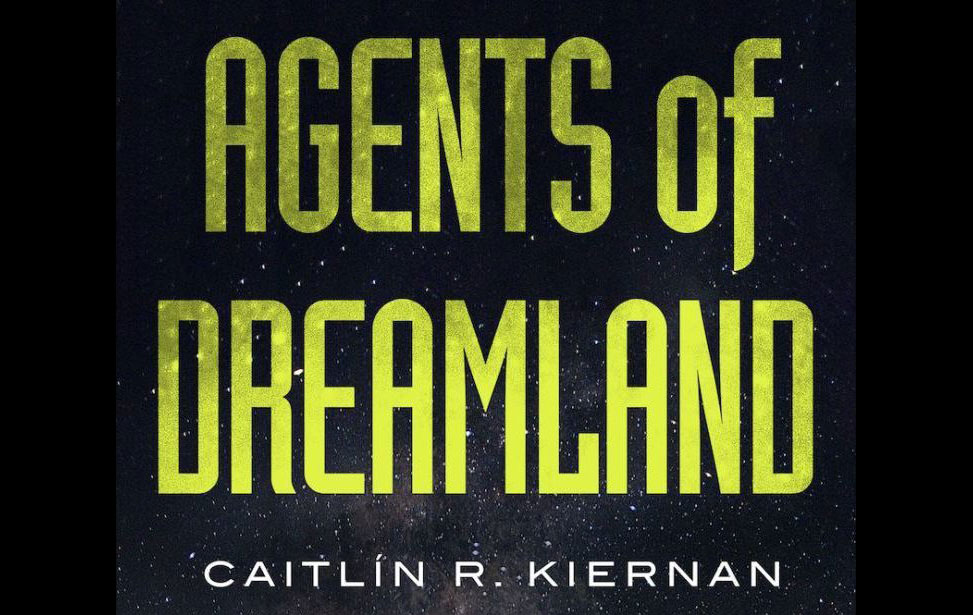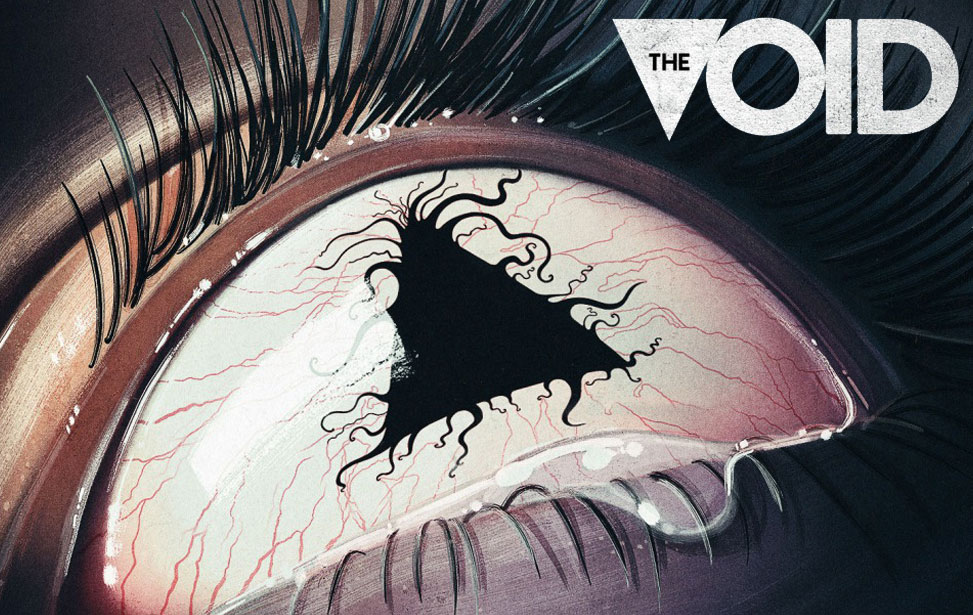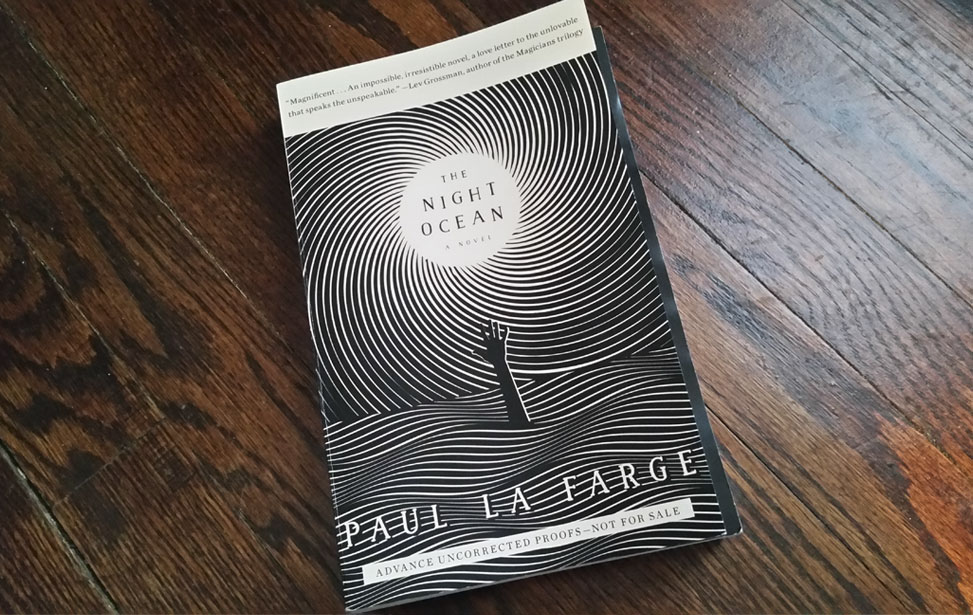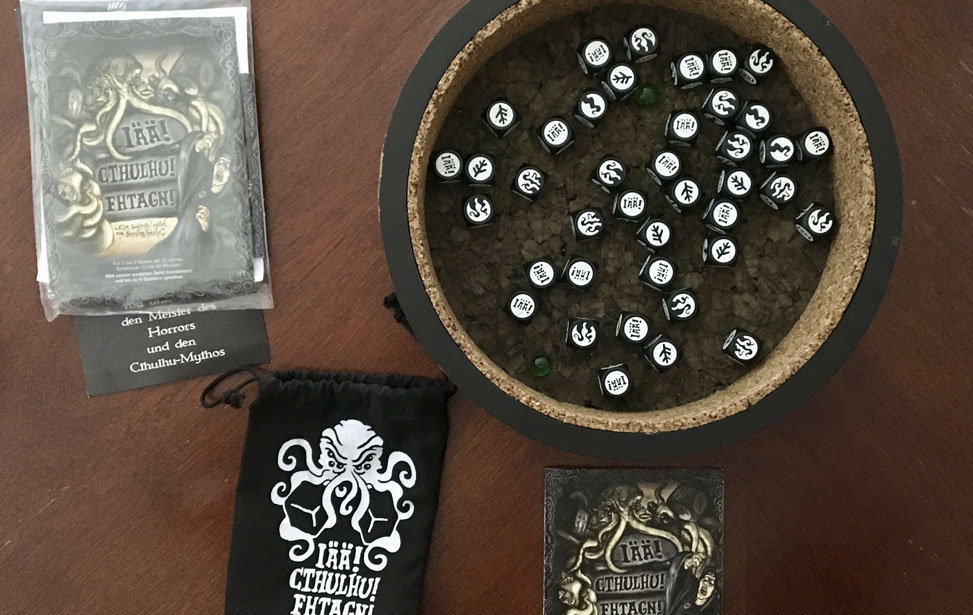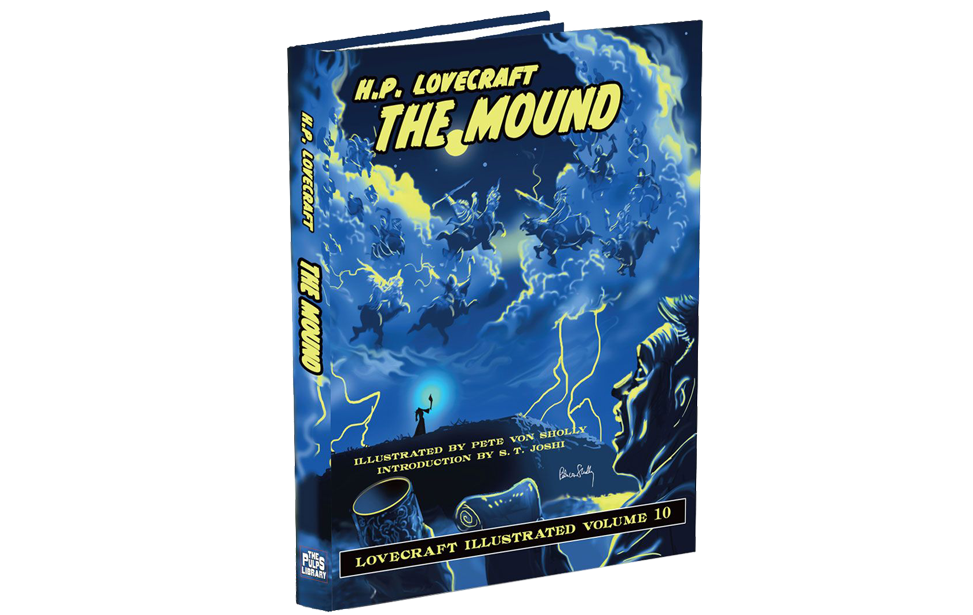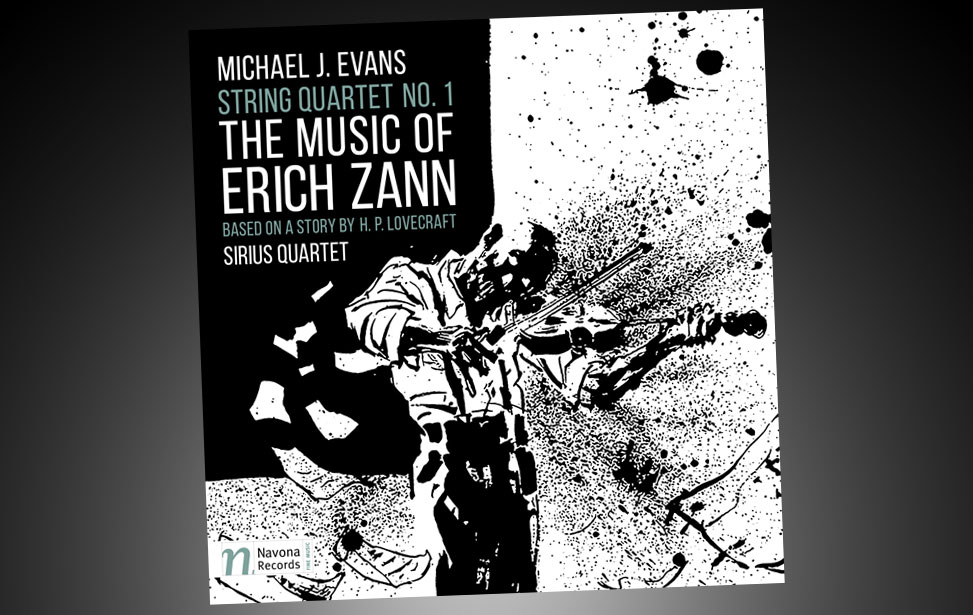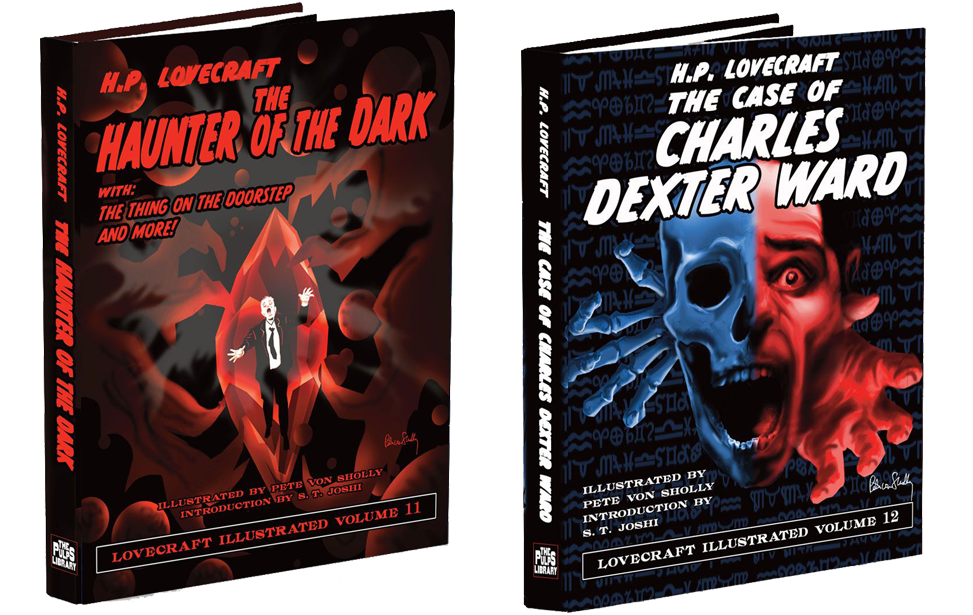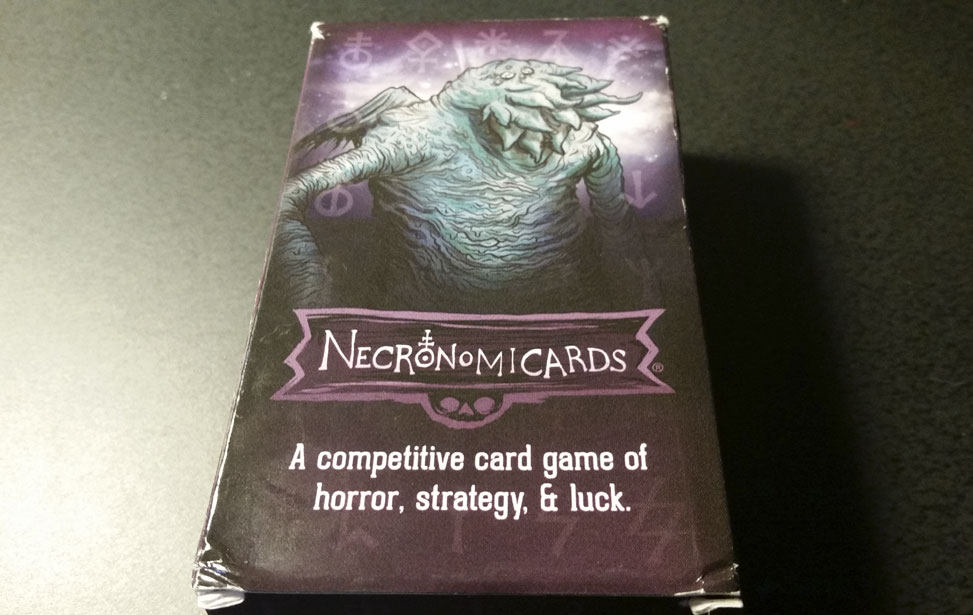H.P. Lovecraft's “The Call of Cthulhu” for Beginning Readers
A Lovecraftian classic collides with the world of Dr. Seuss in an imaginative retelling of “The Call of Cthulhu”. The illustrations in particular meld the two worlds in an especially delightful manner.
- Overall: B B B B b
- Quality: Q Q Q Q q
- Value: V V V V v
- Chaosium, Inc. Written and Illustrated by R.J. Ivankovic.
- Price: $19.95
Review by Sean Branney
March 3, 2017
Chaosium, Inc., the publishers of the celebrated role playing game, Call of Cthulhu, bring us a delightful mash-up of Lovecraft and Dr. Seuss. The conceit is a retelling of Lovecraft's "The Call of Cthulhu" in simple verse and illustrations in the style of a Dr. Seuss children's book. From the get go, the book does a marvelous job with creating the illusion of a genuine Dr. Seuss book. The size, color, typography and cover illustration all beckon for this volume to be pulled off the shelf and read to eager kindergardners.
It was several years ago that Ivankovic, an Australian illustrator, began experimenting with Seuss/Lovecraft mash-ups. He prepared artwork and text for Lovecraft's "The Tomb" and posted it to his DeviantArt page. He moved on to experiment with a retelling of "The Call of Cthulhu" and the project caught the attention of Chaosium. Their interest in publishing the story as a book led him to revise some of the existing artwork and complete the unfinished parts of the story. Over the course of a couple of years, he completed the journey from concept to physical book.
The most successful element of the book is its illustrations. They boil down the complex prose of Lovecraft's story into a Seussian simplicity which is both bizarre yet suitable for a children's book. His aping of Seuss' style is so spot-on that a few of the illustrations feel as if they could have been lifted directly from The Cat in the Hat or Yertle the Turtle. The illustrations deftly handle the problematic racial aspersions of the story by depicting the Cthulhu Cultists (a "nautical negro", "degenerate half-castes", etc...) as funky malicious-looking humanoids with ponytails atop their heads. Cthulhu himself is a tad adorable for my liking, though the rendering of Cthulhu after the steamship Alert has plowed through him more than makes up for that. Ivankovic's rendering of the creature in the lake near the Louisiana cult meeting is another particularly pleasing image.
Ivankovic also does a splendid job of distilling Lovecraft's complex language of into succinct and swift verse. The poetry spills out in the pleasantly digestible anapestic tetrameter typical of Seuss' children's books. This predictable rhythmic structure is a hallmark of his works "for beginning readers". The bulk of the text works splendidly in verse, though now and again the reader will discover (especially when reading aloud), that the rhythm trips up now and again. As authors of many Lovecraftian song lyrics, we here at the H.P. Lovecraft Historical Society are sympathetic to the fact that phrases like "the mad Arab Abdul Alhazred" are tricky to work into almost any metric structure.
The book's binding is sturdy and its heft makes is feel that it's ready to be given to your unsuspecting five year old niece. Perfectionists may find some subtle flaws in the printing however. Some pages with full ink saturation show some artifacts of striping - a small but perceptible flaw in the printing process.
On the whole, I think Lovecraft fans will find this a fun take on a favorite story. The book is rather a one-trick-pony: it combines Lovecraft's cosmic horror with the style of one of the world's most beloved children's book authors. But those who love the story and find the notion of such a mash-up funny are almost certain to revel in a macabre glee in this richly illustrated parody.
